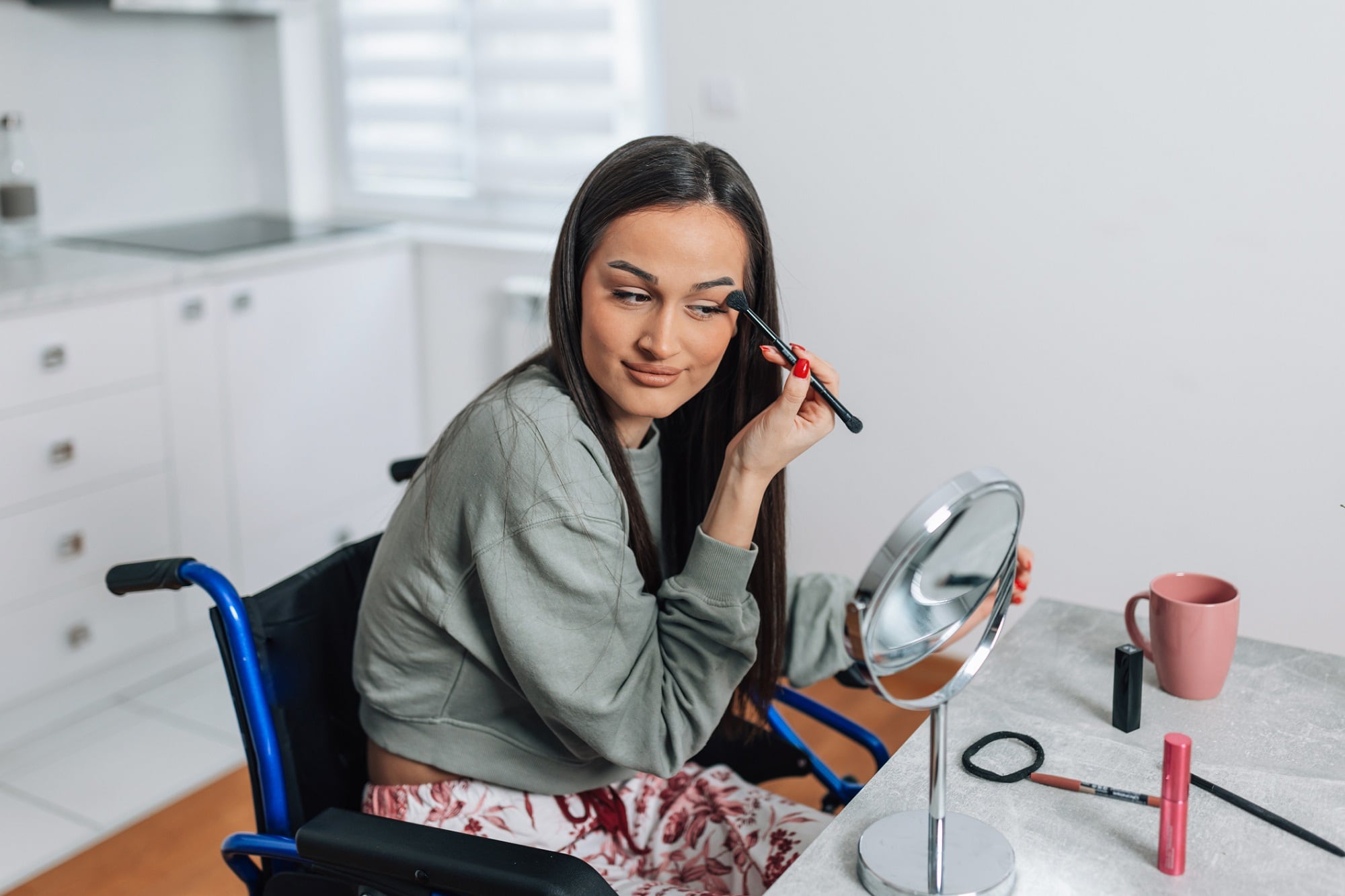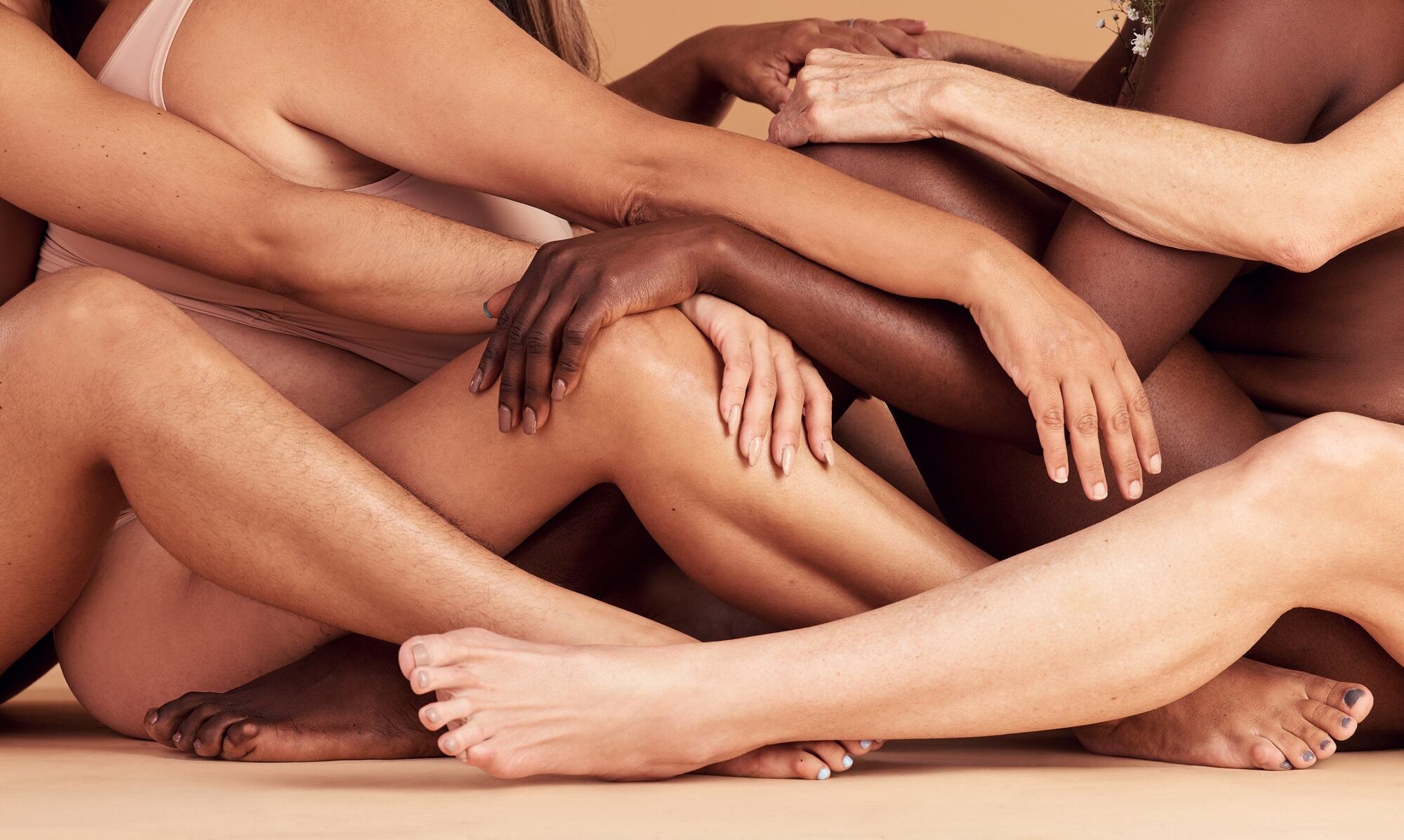For part one of this Q&A, please click here. In this second part of our in-depth interview with Eleonora Mazzilli, Trend Localization & Business Development Director, North America at BEAUTYSTREAMS, we examine challenges and potential solutions for cosmetic and personal care product manufacturers and suppliers working to produce more accessible consumer product options, and a forecasted outlook for upcoming innovations and developments in the accessible beauty market share.
CDU: What are some challenges for US cosmetic and personal care product manufacturers and suppliers when considering ways to become more accessible? What are some potential solutions for these challenges?
EM: As the world moves towards personalization, the individual comes to the forefront. Today, there are almost as many consumer targets as there are individuals.
Defining individuals solely through their genetic or cultural origin is not sufficient anymore. Consumers expect to be addressed on a more personal level, while considering the many facets of cultural, geographical, spiritual, societal, and genetic influences.
The rise in cultural diversity means that one-size-fits-all concepts that target mass demographics no longer suffice. For brands, marketing products in a broad way is not as effective as it used to be, as each consumer has unique needs.
It’s time to embrace a broader spectrum, with beauty standards disassembled. The beauty industry needs to better understand, and learn how to cater to, the local and regional cultures thanks to in-depth understanding of diverse local needs. This can be achieved through the integration of team members who represent the target consumers: the right way to develop and market products in an authentic and genuine manner.
White-centric ideals of beauty have long dominated the mainstream skin care industry, driving a significant lack of inclusion and representation in terms of care for darker skin. There is a lack of science-based and dermatological knowledge relating to concerns and solutions for melanin-rich skin, and most brands will need to catch up to the wave of inclusion by understanding and better serving the needs of deep and dark complexions, as they adapt their strategy – from formulations to marketing.
With an array of unique skin tones joining society every day, brands will have to invest into R&D to better serve customers' individual needs and adapt products and services accordingly as well as better include diversity in marketing messages and promotional campaigns to address those communities that have been historically marginalized.
For decades, the innovation and formal research of products for dark and textured hair was limited on the global stage as beauty brands focused their research on Caucasian hair, with only slight modifications to products for potential customers with darker and naturally curly hair. Although the hair industry has gotten the memo about embracing all hair textures, there is still a lack of representation of natural hair across mainstream brand communications and insufficient education about textured hair.
Therefore, there is a need to recognize the importance of moving toward an intersectional hair care approach by highlighting under-represented consumers and championing diversity and inclusivity in products and services development.
While society is gradually becoming more inclusive with improved access and functions for disabled, visually impaired, or elderly people, packaging accessibility continues to lack and exclude these consumers, especially in the beauty industry. Prioritizing the design of inclusive packaging to ease their shopping experience and interactions with the products, as well as helping non-mainstream customers feel included and catered for is key.
CDU: What are some forecasted innovations and developments in the accessibility of cosmetic and personal care product spaces in the US?
EM: We expect to see digital technologies inform the future of hyper-personalized skin care. Advances in big data, machine learning, artificial intelligence, and digital diagnostic tools will take the skin care consumer's journey to the next level and support the next generation of skin care development.
This is set to span individualized, predictive, and preventive products targeted at maintaining skin health. Brands will be able to leverage data and technology to monitor consumers’ lifestyles in real time, environmental exposure, and their skin’s molecular information to offer hyper-personalized recommendations.
With advances in deep learning, predictive analytics, and new AI features, brands will be able to offer a detailed analysis of skin metrics such as redness, acne, texture, hyperpigmentation, melasma, wrinkles, and skin sagging. From DNA, hormonal, and microbiome sequencing to AI-driven skin analytics, through to VR and AR-powered or wearable devices, digital technology will inform the future of hyper-personalized skin care.
We forecast that the rise in consumers seeking inclusivity will drive the personalization of the color cosmetic category, offering great growth potential, backed by the development of beauty technologies. Considering the diversity of consumers worldwide, with these different geographical groups taking increasing pride in where they come from, brands will need to accelerate an individualized, localized approach.
This could consider cultures and sub-cultures, alongside considering minority groups of consumers. By leveraging advanced AI technology, brands will be able to create hyper-realistic models of every skin type and tone, age, body size, and physical abilities, which would allow consumers to see and test color cosmetic products on models that look like them.
We forecast that science and technology will drive the future of personalization in the hair care industry, allowing brands to offer not only customized products, but also tools and services that meet consumers' individual hair profiles.
Digital diagnostic hair care tools that use technologies such as smartphone camera image capture, data analysis, and algorithms will play a key role in driving bespoke hair care experiences by empowering consumers with detailed diagnoses, tailored recommendations, and educational services.
AI-enhanced, personalized hair care solutions for textured hair will be in the spotlight, leveraging expert-level knowledge and scientific precision analysis and delivering hyper-personalized, data-driven hair care routines.





